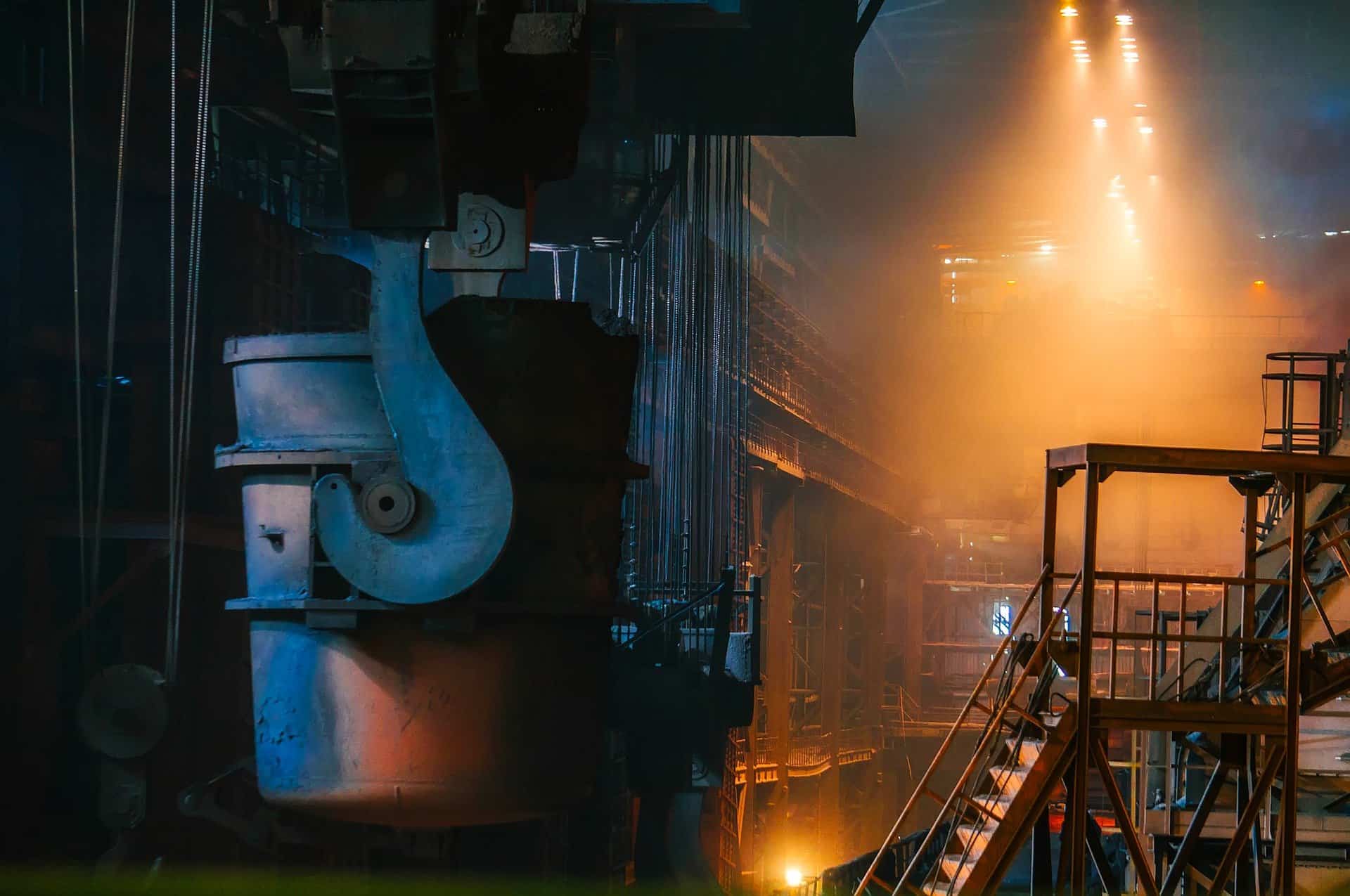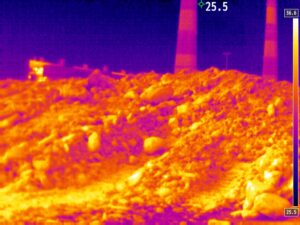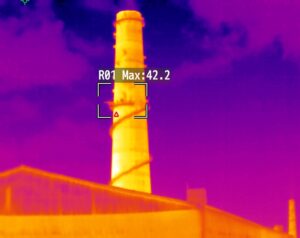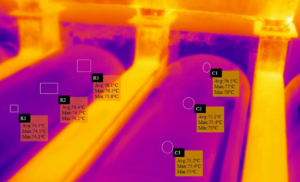Overview
Ladles are vessels used to transport molten metal (iron or steel) from one section to another section in steel or any other metallurgical plants. These refractory-lined vessels have limited lives, as when hot molten metal hits the surface of the inner refractory of these vessels there are chances of damage due to sudden changes. This degrades the refractory linings over time and the outer metal wall which may lead to complete depletion and greater chances of accidents. The risk of breakdown of these crucibles will always be present in metallurgical plants, with equipment damage and loss of production as the costly consequence.
Apart from the economic impact of a ladle breakdown, there is a high risk of personnel injuries and loss of life. Routine inspections and refractory re-lining could minimize the risk of ladle breakdown.
The maintenance and re-lining of these refractories is a significant contribution to the cost of the production of steel. Tracking the temperature pattern of the external surface of ladles allows in assessing the distribution and extent of depletion. This detail can be used to provide a scheme for re-lining the damaged area and increases the utilization of ladles by avoiding excessive lining damage and break-outs.
Solution
Ladle Refractory Monitoring System from Accuopt provides a precise and reliable measurement solution to enhance plant safety and helps in organizing maintenance schedules in metallurgical plants across the world. This Ladle Refractory Monitoring System will require five Accuopt’s ThermCAM-384 thermal cameras. Four cameras will be mounted in four directions and the fifth camera will be mounted at the bottom to monitor the Ladle effectively. The lens used in the camera has such FOV so that it can cover the complete profile of the ladle. The camera system captures thermal images of the ladle by calculating the temperature at the ladle’s surface. An increase in temperature at the outer shell and accelerated rate of increase in temperature gives a clear indication of refractory damage, alarming to set a schedule for refractory relining.
To get more precise and temperature of a particular region configurable ROIs can be defined for analysis. The thermal images capture and temperature data can be exported and stored for analysis and quality control.
ThermCAM-384 is integrated with InfraView™ software. The Software allows collecting the raw data from the camera. Through software, one can record, view, analyze and store the captured video/image as well as measured temperature data. This windows-based InfraView™ software is customizable as per the user requirements and application. This software provides an easy and quick framework for the documentation of the temperature data collected through the thermal camera, which helps in optimizing the process control.
Alarms and indicators can be installed to generate signals if in case ladle temperature goes below the minimum required temperature. By this operator can check the requirement of preheating and the right temperature to fill the ladle. These alert signals can also be received over email and SMS.
Installation
Ladle Refractory Monitoring System by Accuopt uses five ThermCAM-384 cameras. Four are placed in 4 directions and the fifth at the bottom of the ladle for monitoring. These five cameras are connected to 5 junction boxes (containing network switch, SMPS, etc), an extra junction box i.e. sixth JB contains an I/O module and network switch. The final output is provided over PC with InfraView™ software placed in the control room. Region of Interest (ROI) can be drawn to monitor critical areas. ROIs can display Average, Maximum, or minimum temperature.

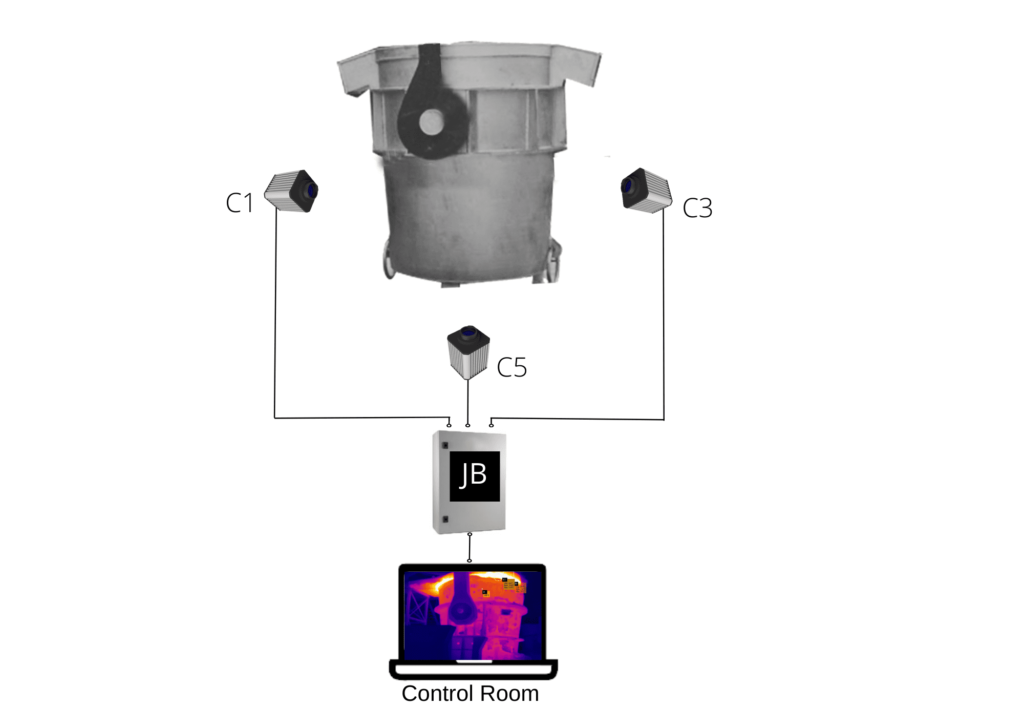
Advantages of the system
- Automatic and non contact temperature measurement system, which increases personnel safety
- Improve ladle safety
- Increases refractory ladle life span
- Prevents refractory failure
- Allows timely relining of refractory
- Easy interface and flexible according to operation needs

